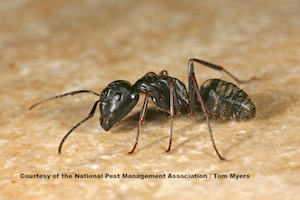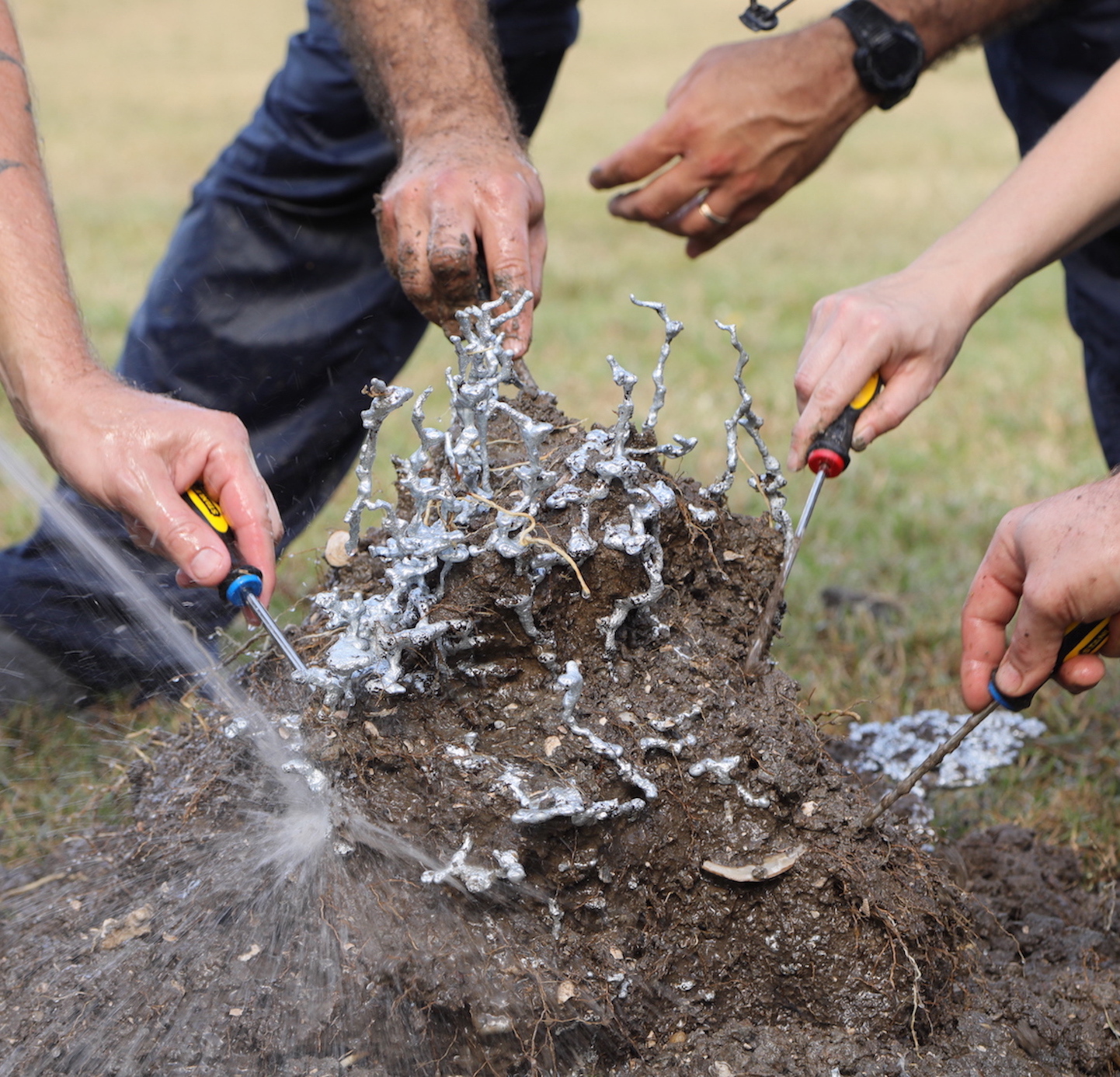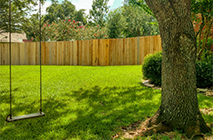Field Ants Formica spp.
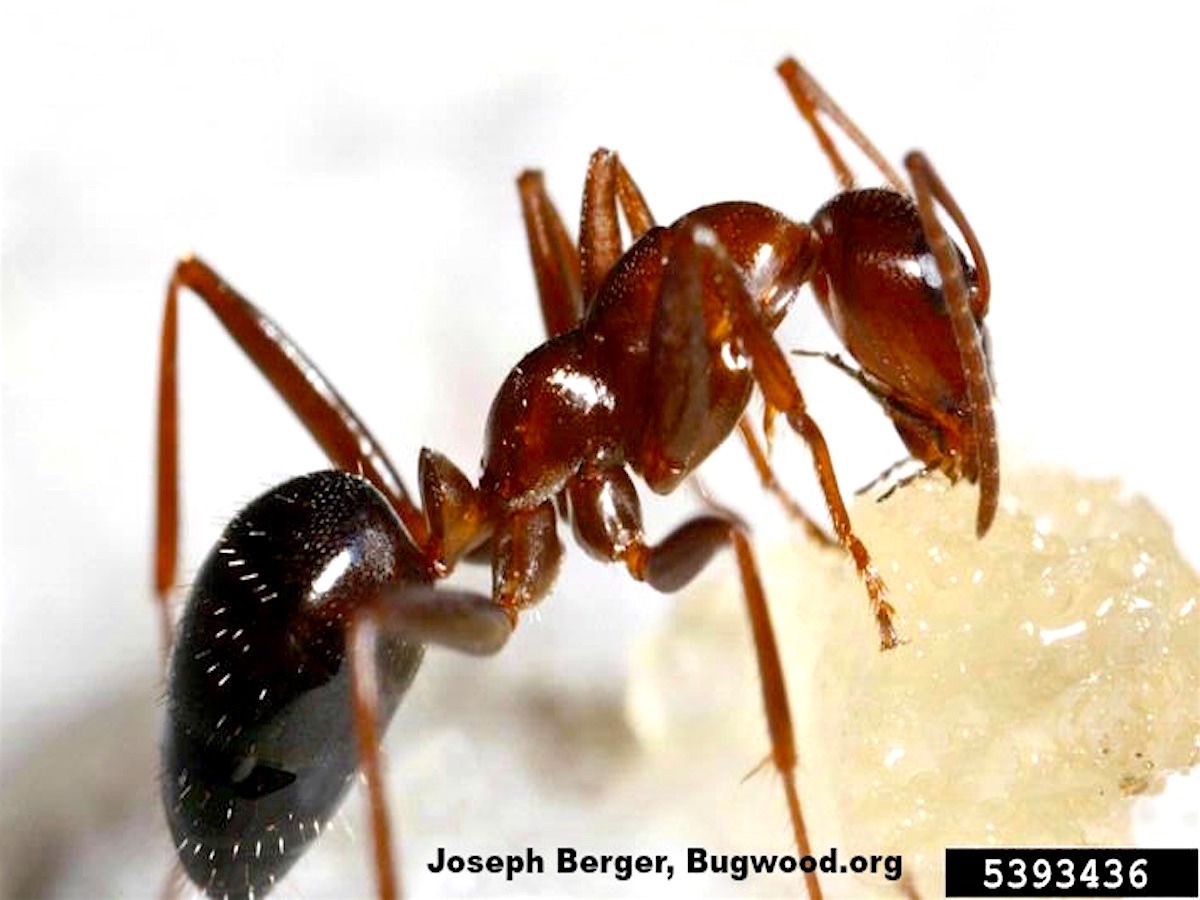
Field Ant Identification
Color: Pale yellowish to reddish brown to black or a combination
Size: 1/8-3/8” (3-9mm)
Legs: Six
Antennae: Yes
Shape: Profile unevenly rounded on upper side; segmented
Region: Found throughout the United States
What are field ants?
Also known by many other names such as thatching ants, red ants and wood ants, the field ant gets its name from its preference for nesting outdoors. These ants can typically be found building nests in the ground in fields, parks, gardens and lawns. The majority of field ant species make a distinguishable mound of soil with the dirt they excavate under the ground as they build their nests. The field ant is the largest genus of ants found north of Mexico. Keep reading to learn more about these pets, including what to do if you find field ants in your house.
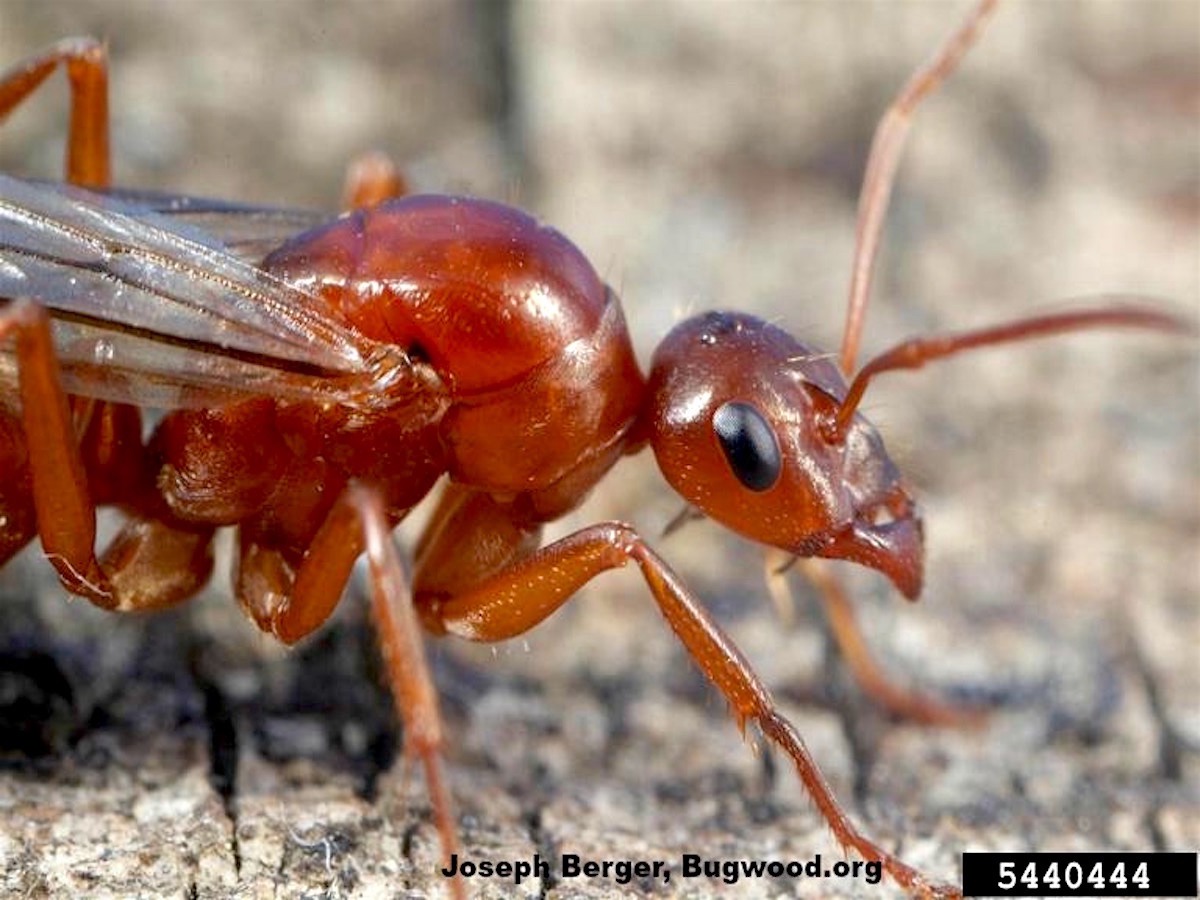
What do field ants look like?
Field ants tend to be larger ants, measuring about three to nine millimeters in length. Field ants can come in a variety of colors, from pale yellowish to reddish brown to black, or a combination. Their bodies are segmented, with an unevenly rounded profile on their upper sides. Field ants are commonly confused with carpenter ants based on their physical appearance, while the mounds of dirt and other materials that result from their nest building can be misinterpreted as fire ant activity.
Although relatively docile, field ants will in fact bite if bothered. Their bite is typically painful, with some species spraying formic acid into the wound when they bite. While painful at first, the sensation will subside, and their bites do not have any long-term consequences.
Field ants leave behind telltale mounds in open areas like lawns or meadows where they have made their nests. These mounds are typically made up of plant materials, such as grass, twigs, leaves and pine needles. Field ants often nest around small trees, shrubs, rocks or fences. Other field ant species will build their nests in the cracks of sidewalks, along foundation walls, or at the base of trees.
While they do not nest in homes, you may still find field ants in the house. They may enter households and structures when swarming or searching for food, particularly sweets. Field ants primarily feed on honeydew, a substance from plant-sucking insects such as aphids, mealy-bugs, and scale insects found on trees and shrubs. Some field ant species are scavengers and are attracted to meats. These ants can become a nuisance in late summer into fall when the winged ants swarm out of their colonies.
There are a number of different ant species within the field ant genus, but generally they all have a queen who produces eggs for the colony, who then become workers.
In general, field ants pose a greater threat to landscaping than human health. At their largest, field ant mounds can be up to two feet tall and up to three to four feet wide. Large nests can impact grass growth and landscaping. In order to remove a field ant mound, homeowners should work with a licensed pest control professional, as these ants will bite if disturbed. Some field ants spray formic acid into the wound when they bite, which can make them particularly painful. Although initially painful, these bites do not have any lasting effects.
The most obvious sign of a field ant infestation is the activity of workers. Additionally, distinct mounds comprised of grass or other plant materials will signal the presence of some of the most common field ant species. These mounds reveal the entry point to field ant nests and can typically be found around trees or shrubs, as well as near fences and foundation walls. If you find field ants in your house, there’s a good chance you may have a nearby infestation.
There are a number of things homeowners can do around their property to prevent field ants from nesting. Prevention practices include storing firewood at least 15 feet away from the house, avoiding having any mulch placed right up against the foundation of the home, and keeping shrubbery well-trimmed. Additionally, homeowners should always be sure to close exterior doors tightly and replace any damaged or missing weather stripping.
Because field ants often avoid entering houses, low-level populations do not need to be treated. However, a thorough professional inspection is necessary if field ants become a problem in the yard. In order to completely remove a field ant mound, the Queen of the colony must be removed, which can prove difficult as they are usually hidden deep underground. If homeowners suspect or discover a field ant infestation, they should consider working with a licensed pest professional to employ a preventative pest management plan.
You can find a certified pest professional near you with the helpful zip code search below.


